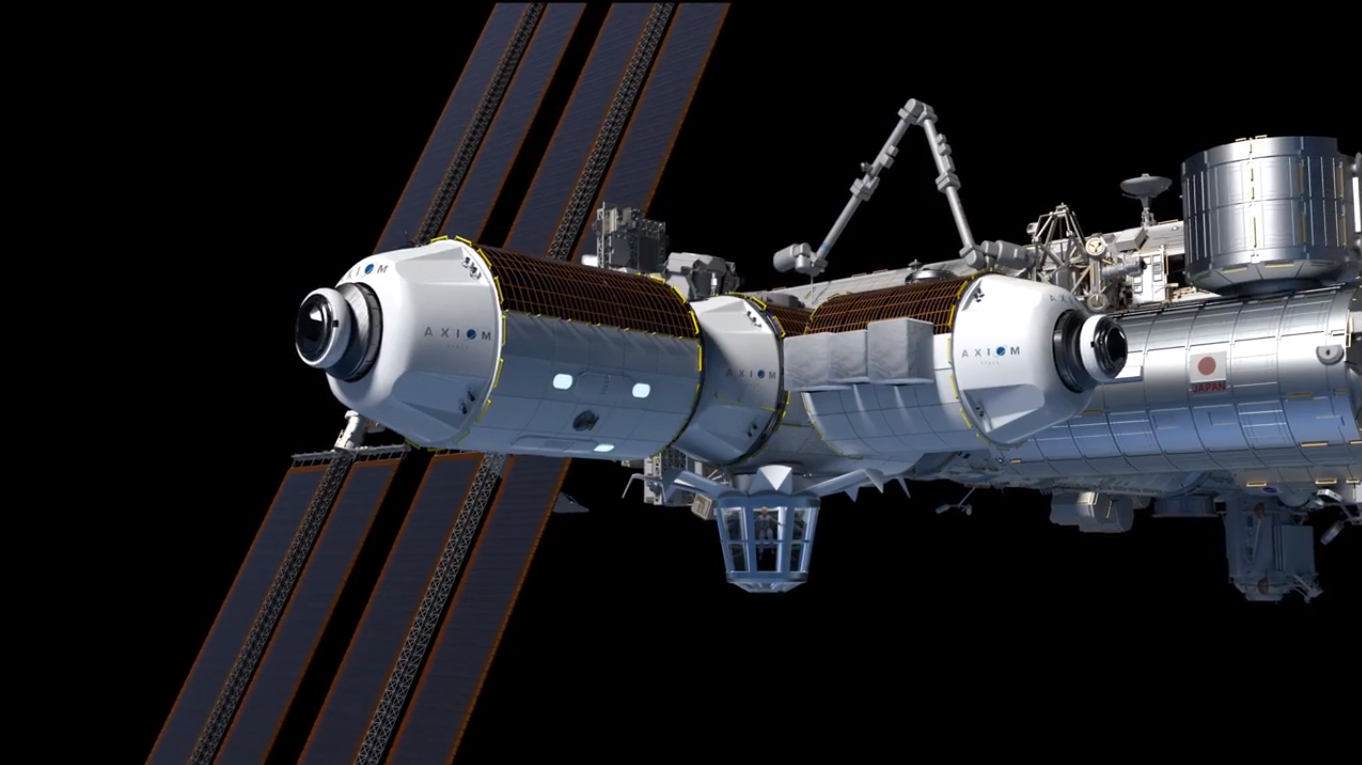The NASA monopoly on US orbital spaceflight is ending
The agency's dominance in LEO is ending, and they're excited about it.

NASA's monopoly on American astronaut activities in low-Earth orbit (LEO) is ending, and that's just what the space agency wants.
For decades NASA was the only real U.S. space customer, developer and service provider. When you look at LEO activities in terms of "platforms and crew and transportation service providers, you can see it was pretty much a monopolistic paradigm," Phil McAlister, director of the commercial spaceflight division at NASA Headquarters, said May 14 during a virtual meeting of the Human Exploration Operations (HEO) Committee, which is part of NASA's advisory council.
From the International Space Station to astronauts to the space shuttle program and more, NASA had all its LEO bases covered. But partnerships with the commercial sector, other government agencies and international parties have expanded greatly recently, with activities including international crew transport to the space station (by SpaceX and Boeing), private astronauts and planned private crewed missions (a space tourism deal between SpaceX and Space Adventures), and Axiom Space's commercial module on the space station among others.
Related: In photos: SpaceX's Demo-2 test flight with astronauts
More: How SpaceX's Crew Dragon space capsule works (infographic)
Now, NASA aims to "embark on sort of a reinvigorated strategy for LEO commercialization," McAlister said. He added that the agency aims to bring on personnel who have business expertise and focus efforts to better engage with industry. During the virtual meeting, McAlister shared a slide showing a vision of what LEO might look like in 2030 and beyond.
In this picture of the future, the commercial sector dominates LEO. Commercial partners are the customers, the service providers and the driving forces of research and development. NASA and other government agencies still play a significant part in this vision, but private companies definitively lead.
And the space agency is excited about this new vision of the future.
Get the Space.com Newsletter
Breaking space news, the latest updates on rocket launches, skywatching events and more!
McAlister cited a number of positive changes this structure might bring to a commercially dominant future in LEO. These include a boost to the space economy, commercial and marketing activities on the space station or some future orbiting platform, private astronaut missions and commercial destinations in LEO. All in all, according to McAlister, with this projected plan, NASA's long-term needs will be met.
This plan aims to bolster long-term economic goals. However, McAlister noted, NASA isn't leaving LEO anytime soon. "We're going to want a presence in low-Earth orbit," he said. "We're going to need and have astronauts in LEO continuously, I think for many, many years to come. We're always going to be involved in LEO."
- In photos: SpaceX's amazing Crew Dragon in-flight abort test launch
- Take a wild ride with SpaceX in this 'emergency egress' test
- SpaceX Crew Dragon arrives at launch site for historic Demo-2 flight
Follow Chelsea Gohd on Twitter @chelsea_gohd. Follow us on Twitter @Spacedotcom and on Facebook.
OFFER: Save 45% on 'All About Space' 'How it Works' and 'All About History'!
For a limited time, you can take out a digital subscription to any of our best-selling science magazines for just $2.38 per month, or 45% off the standard price for the first three months.
Join our Space Forums to keep talking space on the latest missions, night sky and more! And if you have a news tip, correction or comment, let us know at: community@space.com.

Chelsea “Foxanne” Gohd joined Space.com in 2018 and is now a Senior Writer, writing about everything from climate change to planetary science and human spaceflight in both articles and on-camera in videos. With a degree in Public Health and biological sciences, Chelsea has written and worked for institutions including the American Museum of Natural History, Scientific American, Discover Magazine Blog, Astronomy Magazine and Live Science. When not writing, editing or filming something space-y, Chelsea "Foxanne" Gohd is writing music and performing as Foxanne, even launching a song to space in 2021 with Inspiration4. You can follow her on Twitter @chelsea_gohd and @foxannemusic.
-
kristianna276 Tourists in space. Will you book your next vacation in the Marriot, Hilton, Red Roof Inn or Salvation Army? With great amenities as Space Rations, hot and cold running water, and an awesome view of Earth. What would a "tourist" do on the Hotel built for two, at 55 million a pop. Once the thrill of gawking down on Earth is no longer hip, what else would a rich tourist do. Float around their cabin till they get bored stiff? An astronauts days are filled with things to do, a tourist day would be filled with absolutely nothing to do. Look at Earth, Float around, Eat. Use the bathroom. Float some more. Look at Earth again. Eat again. Shit again. Sleep. Wow! Just imagine a whole week of this. It may take a while for the novelty of being in space to wear off, but after a few trips the novelty would wear off quickly. The pioneers of the tourist trap of the future have never been in the field of tourism, and they obviously don't know shit about the industry they are trying to recreate in space. This is not even the Titanic. At least the lower class had a place in the ships hold, this is just catering to the ultra-rich. They should get someone on board that has experience in retail and tourism, maybe they know what is wrong with this tourist trap. They call Times Square a Tourist Trap, but at least you have someplace to go, besides the other side of your room. Ok. There is the occasional space walk. At least you can get outside and stretch your legs, and look at Earth from a better advantage point. Remember. Hal's watching.Reply










